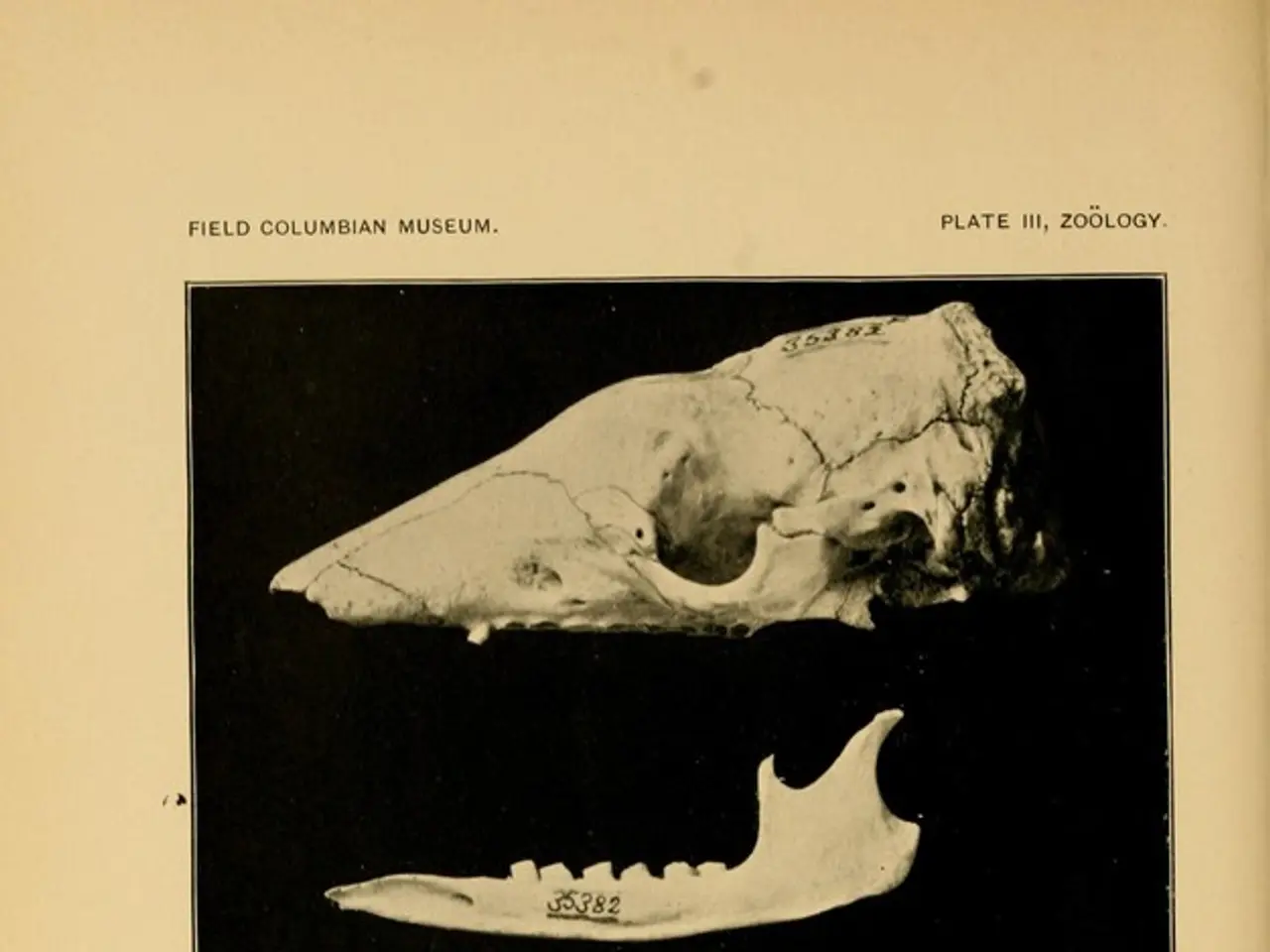Advanced Quantitative Imaging Method Combines PET-CT-MR for Precise Evaluation of Radiation-related Injuries
In the field of radiation oncology, advancements in quantitative PET-CT-MR imaging are transforming the way radiation-induced injuries (RIIs) are diagnosed and monitored. This innovative approach harnesses the power of multiple imaging modalities to capture comprehensive data on tissue morphology, metabolic activity, and microenvironmental changes.
The integration of PET, CT, and MRI modalities offers a unique advantage. PET/CT provides metabolic and anatomical data, while MRI, particularly diffusion-weighted imaging (DWI) and quantitative MRI, offers detailed microstructural information relevant to tissue injury and repair processes. This multimodal approach enables simultaneous assessment of tissue morphology, metabolic activity, and microstructural changes, providing critical insights that surpass traditional imaging criteria and improve clinical decision-making.
Quantitative metrics such as metabolic tumor volume (MTV) and total lesion glycolysis (TLG) from PET/CT support prognostication and treatment monitoring. Texture analysis and radiomics features from CT and MRI enhance detection of subtle tissue changes associated with radiation injury beyond size-based criteria.
One challenge in RIIs monitoring is distinguishing radiation-induced inflammation from tumor progression or other pathological changes. Multimodal imaging aids in this differentiation by integrating metabolic, structural, and microenvironmental data. However, further refinement and AI-driven algorithms are needed for improved specificity.
Novel PET tracers, such as 18F-fluoromisonidazole and 68Ga-fibroblast activation protein inhibitor, expand the scope of PET imaging for detailed analyses of tissue hypoxia and fibrosis, respectively. Emerging immuno-PET applications targeting immune checkpoint molecules (e.g., PD-1/PD-L1) have potentials for non-invasive evaluation of immune-related responses post-radiation, which might reflect radiation-induced immune activation or injury.
Advances in computational methods facilitate the extraction and interpretation of complex imaging biomarkers from PET-CT-MR datasets. AI-driven models enhance predictive accuracy for radiation injury outcomes and personalize monitoring strategies.
Despite promising developments, challenges remain, including motion artifacts in MRI, limited availability of integrated PET/MR systems, and variability in radiomics extraction techniques. Ongoing research prioritizes multicenter validation, enhanced tracer specificity, and multimodal imaging-pathology correlation to optimize the clinical utility in diagnosing and tracking RIIs.
In addition to RIIs, quantitative PET-CT-MR imaging has significant implications for other radiation-related complications. For instance, cardiovascular toxicity is a critical late effect of radiation therapy (RT), particularly in patients treated for malignancies of the breasts, lungs, or mediastinum. PET-MRI co-registration mitigates partial volume errors, enhancing the accuracy of metabolic and structural assessments. MRI-based segmentation techniques enable detailed visualization and quantification of organ-specific damage.
Bone marrow suppression and hematologic considerations are common side effects of RT, potentially leading to conditions such as anemia, leukopenia, and thrombocytopenia. Pulmonary toxicity is one of the most significant dose-limiting complications of RT in thoracic cancers, presenting via acute radiation pneumonitis and chronic radiation-induced pulmonary fibrosis.
In conclusion, quantitative PET-CT-MR imaging is evolving into a powerful multimodal platform that leverages detailed anatomical, metabolic, and tissue property data to improve early diagnosis, differentiation, and monitoring of radiation-induced injuries. These advances contribute to better patient stratification and tailored therapeutic interventions in radiation oncology contexts.
In the realm of health-and-wellness, the multimodal approach of PET-CT-MR imaging in radiation oncology (science) is crucial for diagnosing and monitoring radiation-induced injuries (RIIs), offering a comprehensive analysis of tissue morphology, metabolic activity, and microenvironmental changes. Furthermore, this technique holds significant implications for other radiation-related complications, such as cardiovascular toxicity and pulmonary toxicity, due to its ability to mitigate partial volume errors and enable detailed visualization and quantification of organ-specific damage.




